Words and Images
as Weapons
During World War I (1914–1918), propaganda was an important part of battles. Leaders found out that propaganda meant just as much as when soldiers fought on the battlefield. Words and pictures shaped the way the enemy was viewed, and made more people want to become soldiers.
📷 1917 WWI recruitment poster for the U.S. Army. Artist: James Montgomery Flagg (1877-1960)
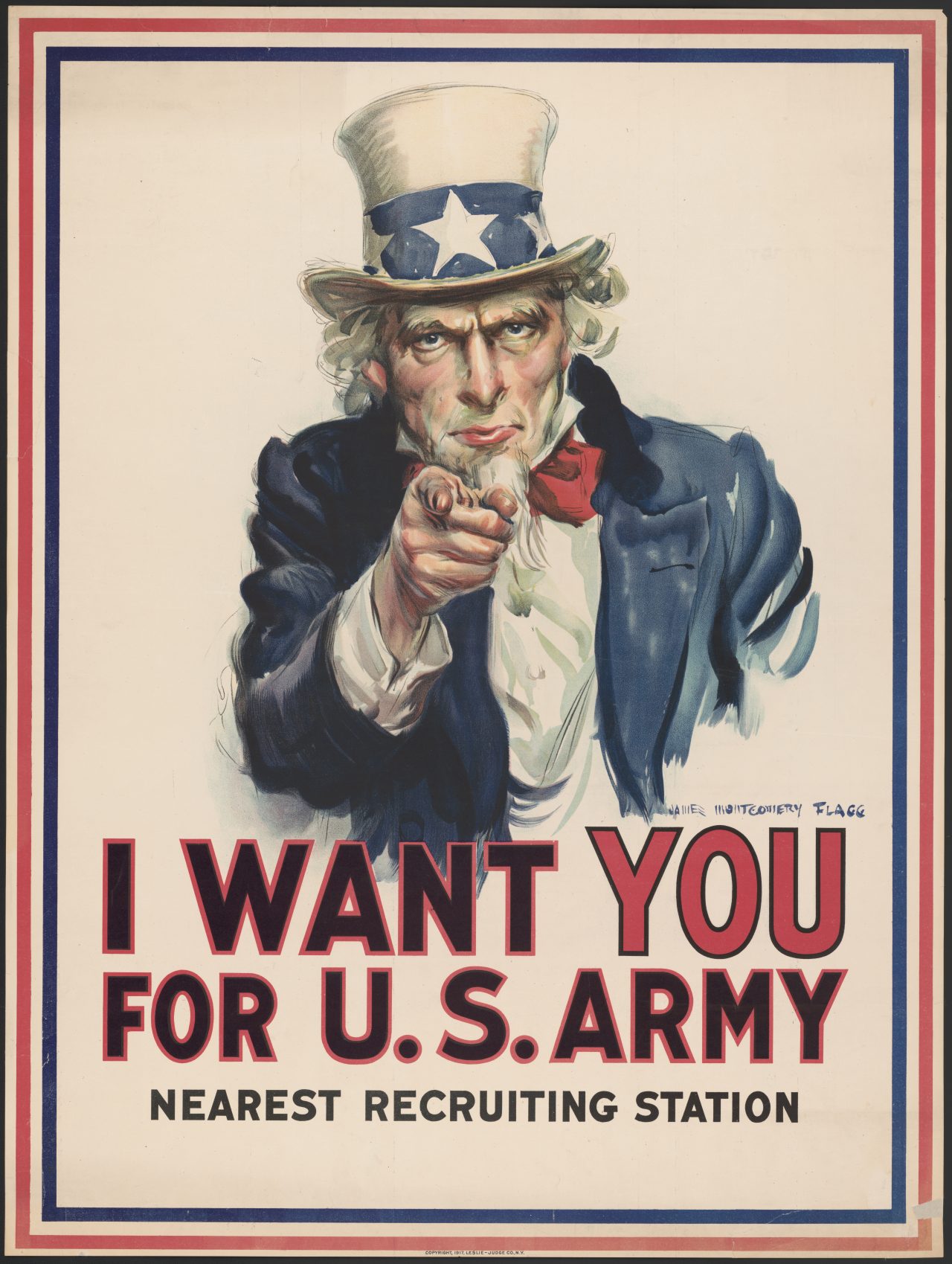
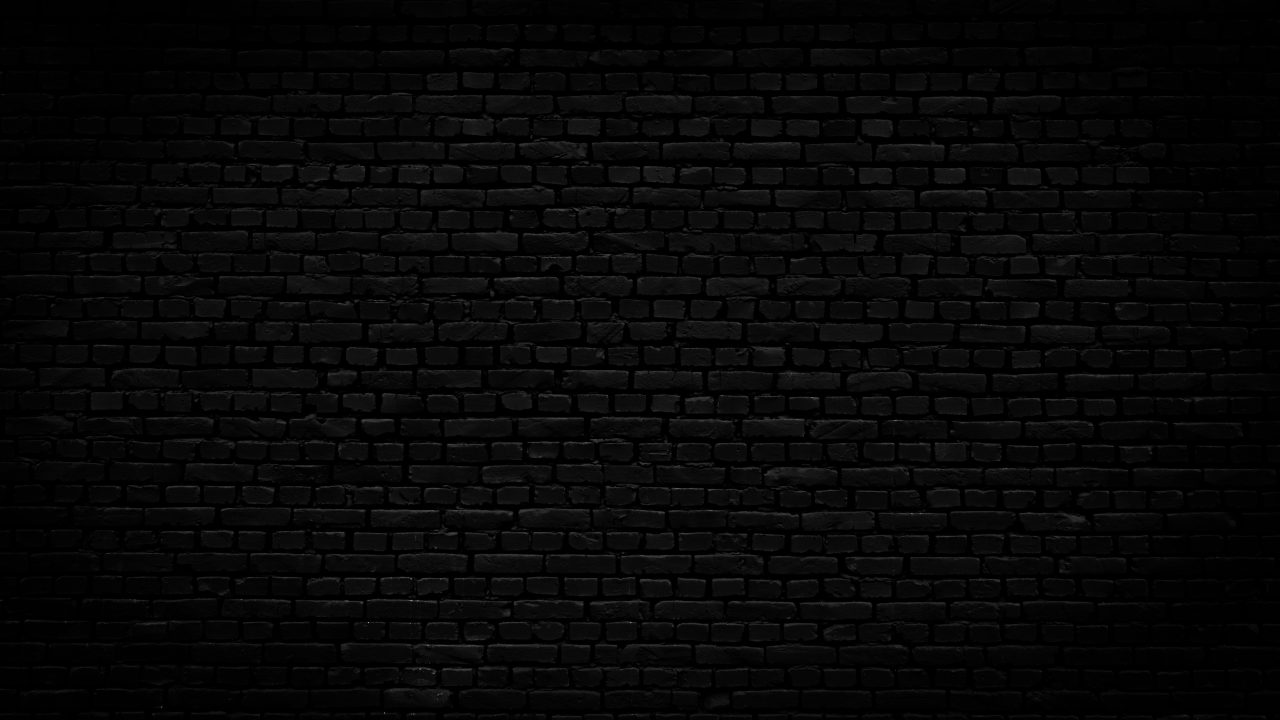
Mørk murvegg
“Stop the Germans!”
England poured out propaganda to the countries that did not participate in World War 1. These were the nations that didn’t support any side of the war. They were told horror stories about German fighting. It was important to get support from as many as possible to fight the German wish to create a big military state in Europe. The USA was also afraid that Germany might occupy them.
📷 1917 American propaganda poster showing Germany as a crazy gorilla stomping into the United States. Artist: Harry Ryle Hopps (1869-1937)
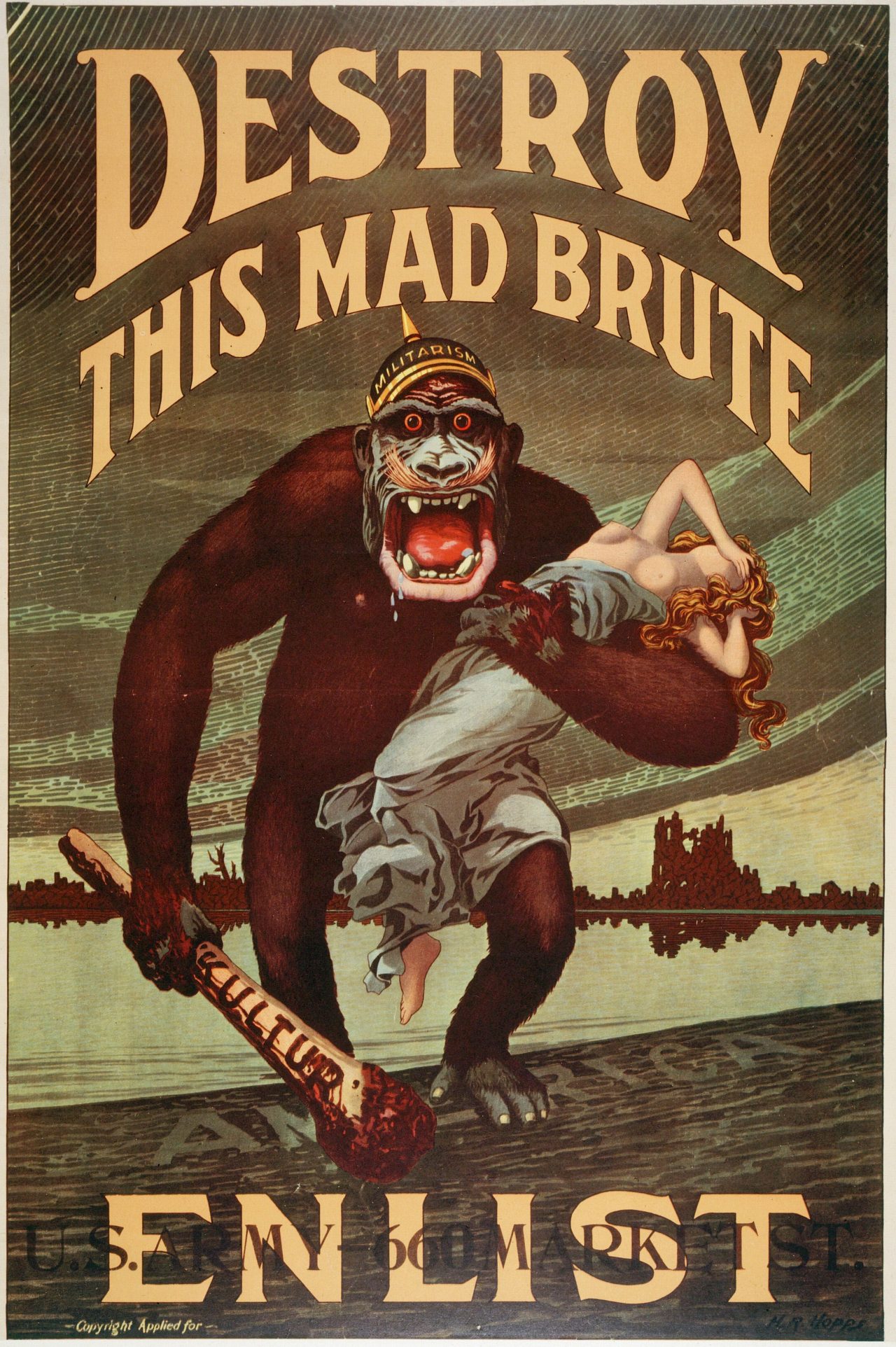

Mørk murvegg
The “Stab-in-the-back” Myth
The “stab-in-the-back” myth was born in Germany after WWI. The saying “stab-in-the-back” is used to describe when someone does something harmful to someone who trusts them. In 1918, German propaganda said that victory was near, but they lost just a month later. The people didn’t understand and needed to find someone to blame. German Jews were blamed because many of them weren’t soldiers. The Nazis used this reason to build up the hate against Jews in the 1930s up to WWII.
📷 1919 postcard showing a caricature of a Jewish man stabbing a German soldier in the back with a knife.
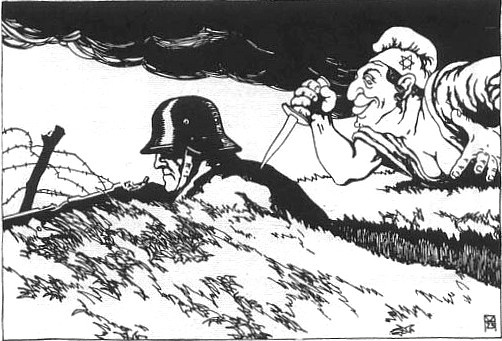

Mørk murvegg
Propaganda targeting children
Adolf Hitler and the Nazis showed hate toward Jews. The Nazis also targeted children through books and cartoons. The following illustration is from a 1936 picture book called “Never trust a fox or a Jew.” It shows Nazi caricatures of Jewish men along with German children reading the tabloid-style newspaper Der Stürmer which propagated extreme hatred for Jews.
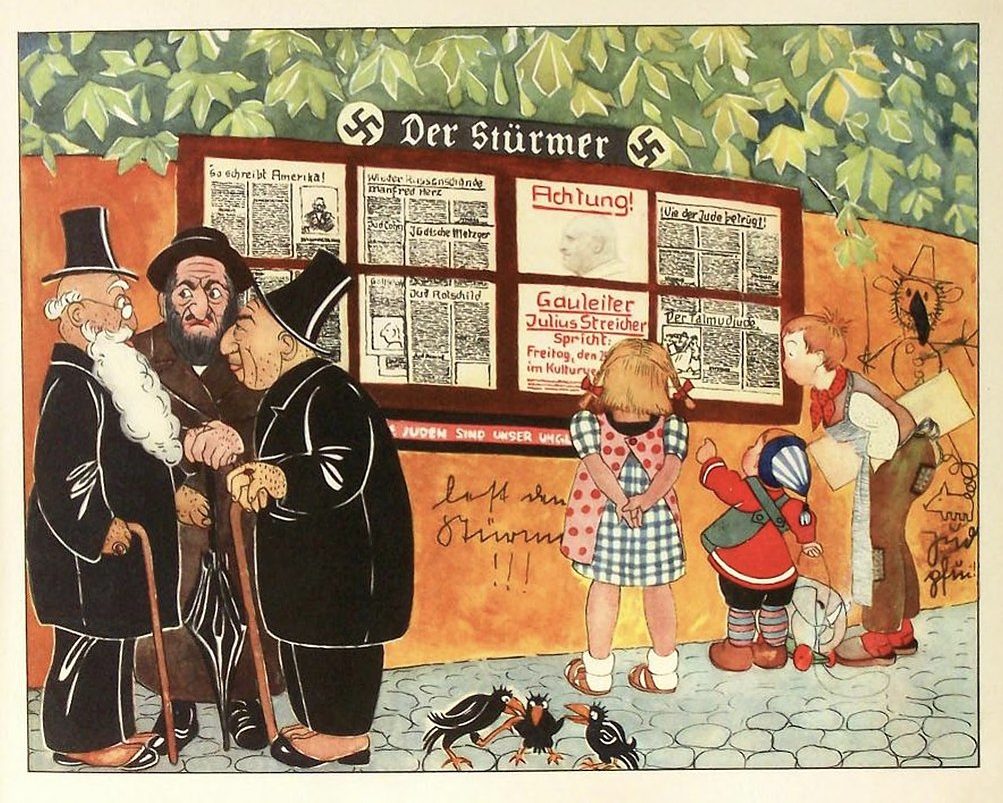

Mørk murvegg
Adolf Hitler worshiped
like a god
Adolf Hitler became Germany’s leader in 1933. He was a dictator, but was worshiped as a god. His words were the law. All the propaganda told German people that they owed everything to Hitler.
📷 1938 German postcard. This type of postcard along with postage stamps was used to manipulate the German people into supporting Adolf Hitler and the Nazis.
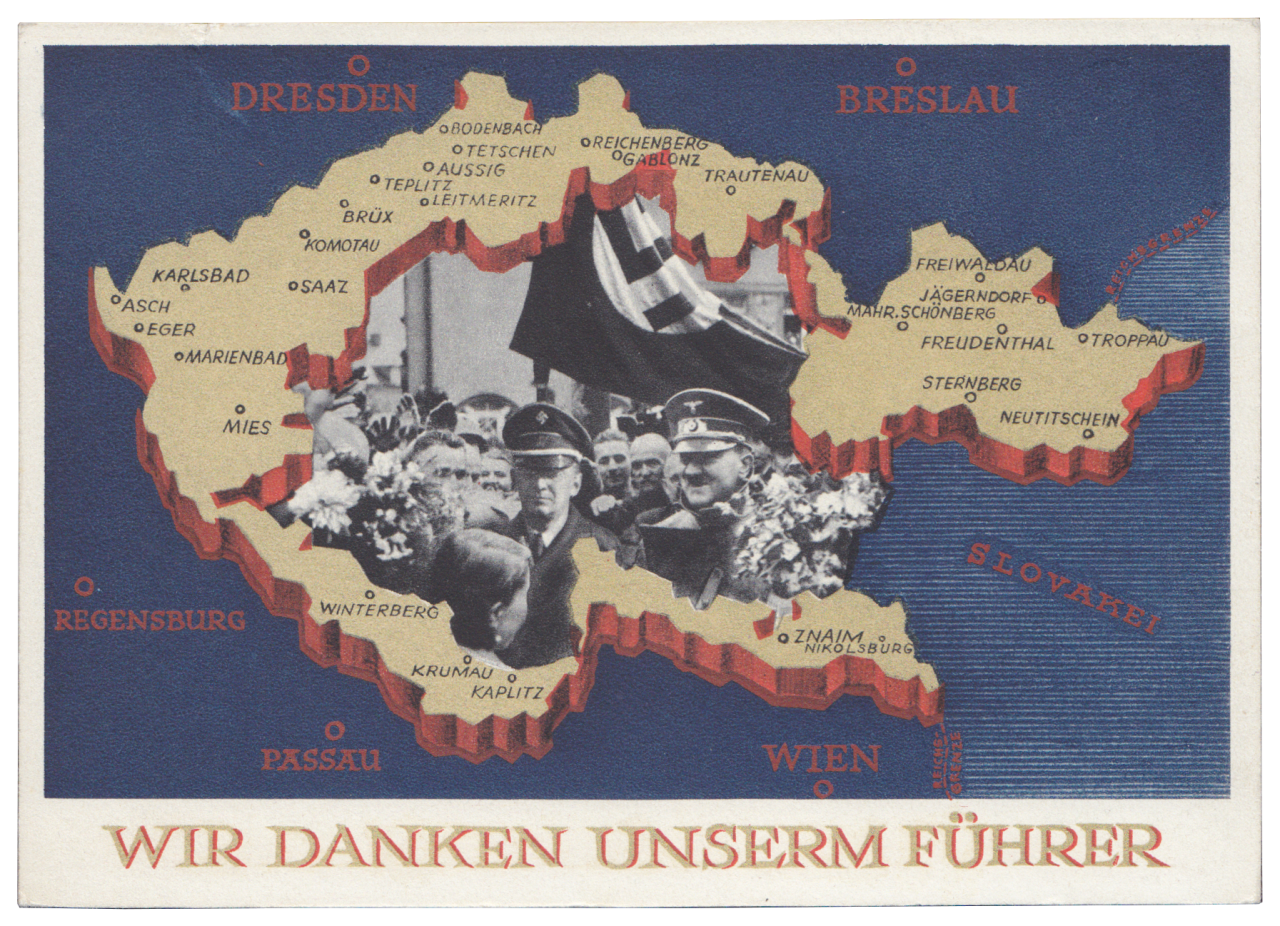

Mørk murvegg
Fight for Norway!
The Norwegian National Socialist party (NS – Nasjonal Samling) was a Nazi party that believed that Norway and Germany needed to stand together against their enemy the Soviet Union. They wanted young Norwegians to fight for the Germans. The NS used pictures from the Viking Age to show that Norwegians come from strong warriors.
📷 The front page of a 1942 propaganda leaflet.
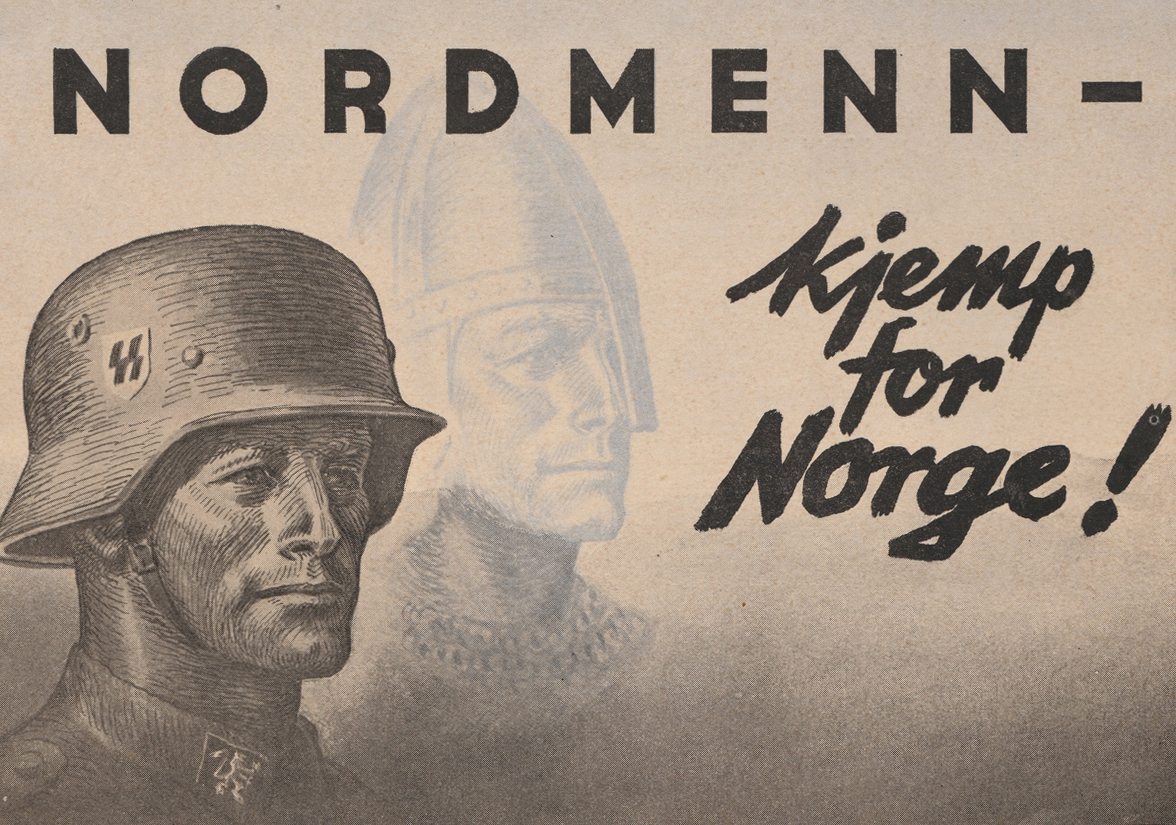

Mørk murvegg
German Postage Stamps
Stamps from Nazi Germany show us how Nazis saw themselves and how they wanted to be seen by others. They often showed Adolf Hitler, the Nazi party, and military victories.
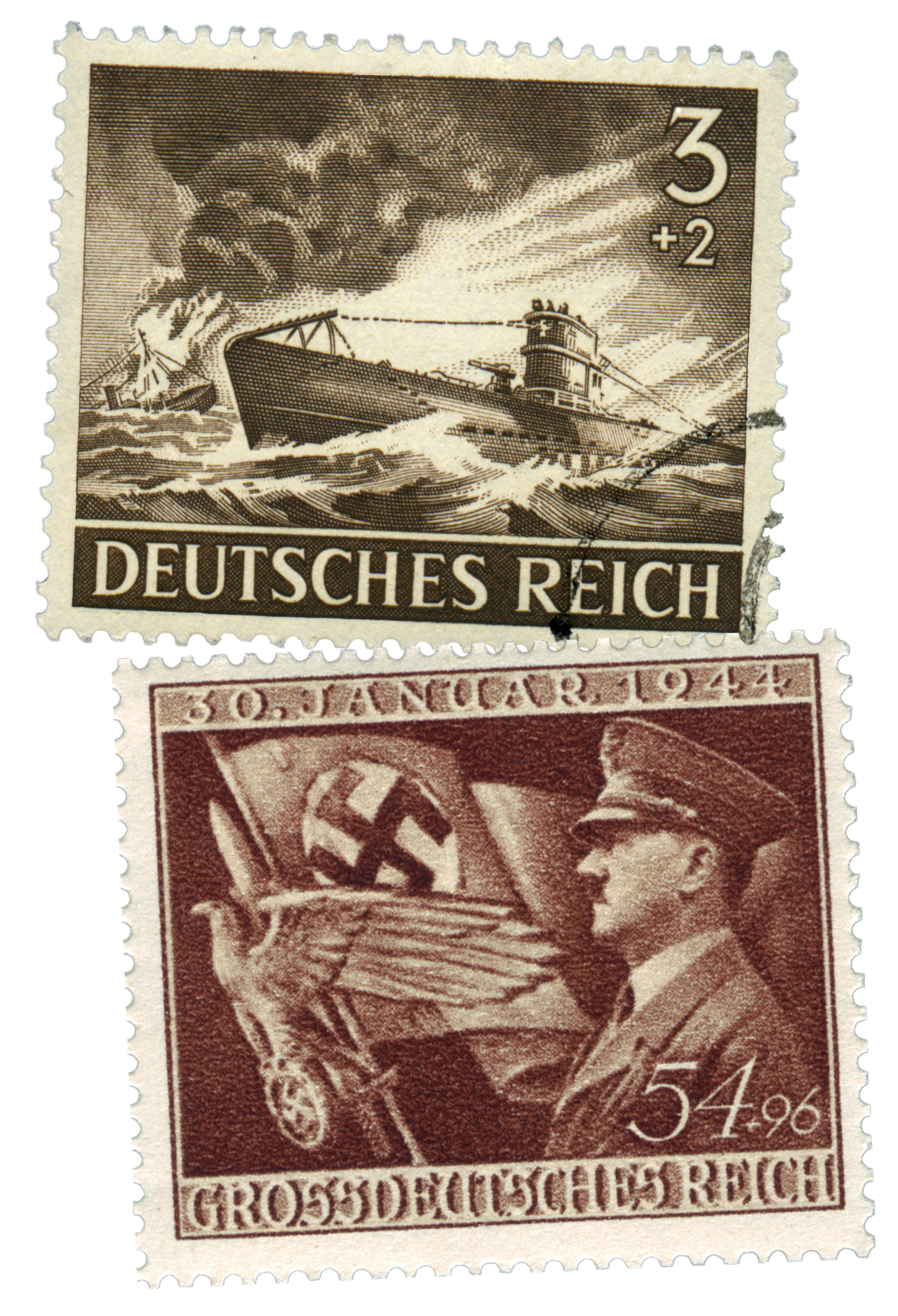

Mørk murvegg
The Cold War
The Cold War was mainly a war of propaganda between the USA, the Soviet Union, and the countries that supported them to gain power after WWII. The USA and the Soviet Union were never directly at war, but they threatened each other with weapons.
Hollywood made a lot of films where the bad guys were from the Soviet Union. In that way, the film industry became part of the propaganda war. The Soviet Union held huge military parades to show its strength to the people.
📷 A 1963 poster for the James Bond film “From Russia with Love”.
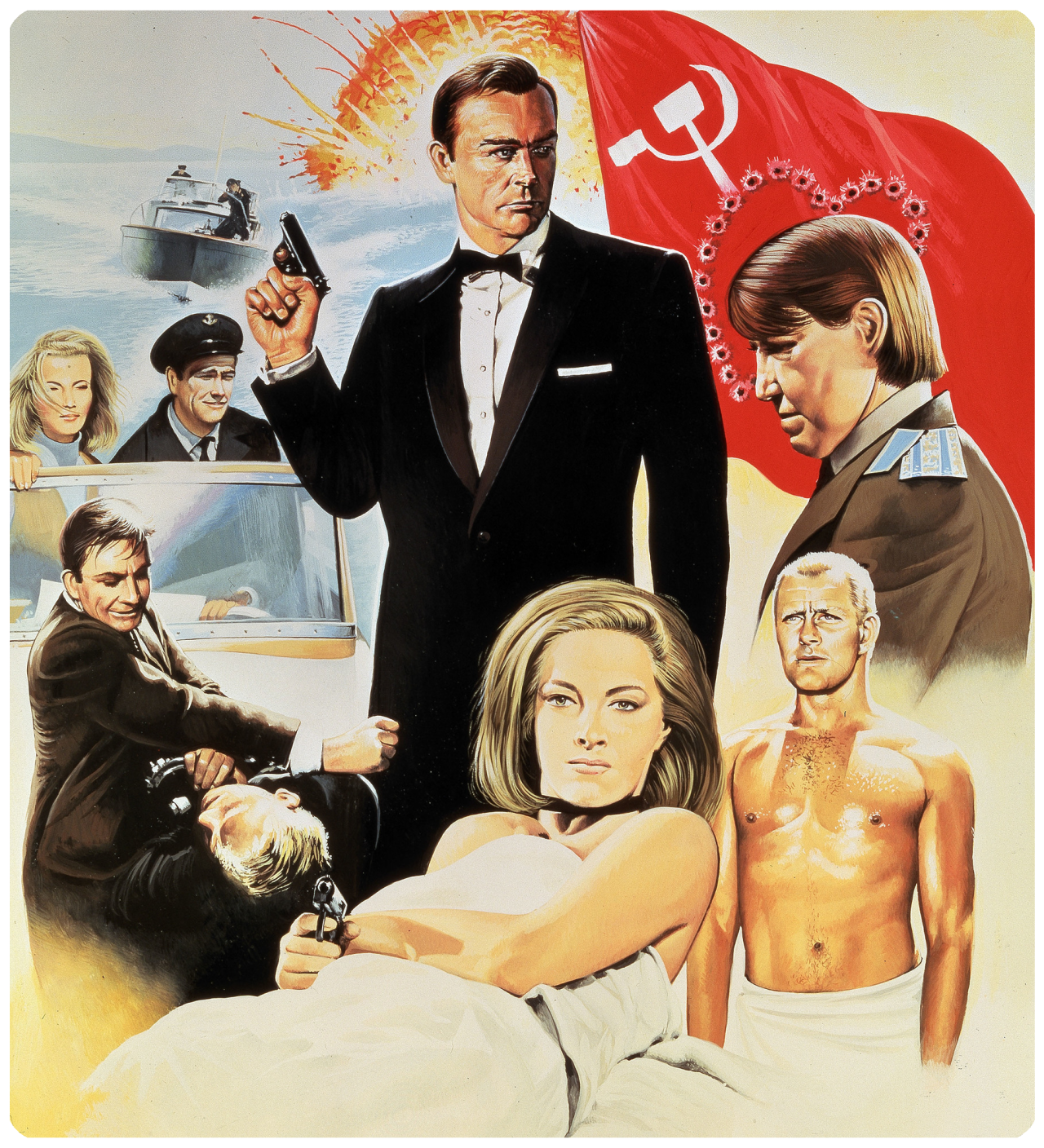

Mørk murvegg
Soviet Military Parade
This propaganda video was used to show the USA and the rest of the world what kind of military resources the Soviet Union had.

Mørk murvegg
The Korean War
The Korean War was a war between North and South Korea. It was the first major war after WWII. North Korea was a communist state supported by the Soviet Union and China. South Korea agreed with Western countries and was supported by both the US and the UN. The United States did everything it could to stop communism from spreading around the world. The war ended with a truce, but they didn’t sign a peace agreement.
📷 The cover of an American comic book highlighting the communist scare.
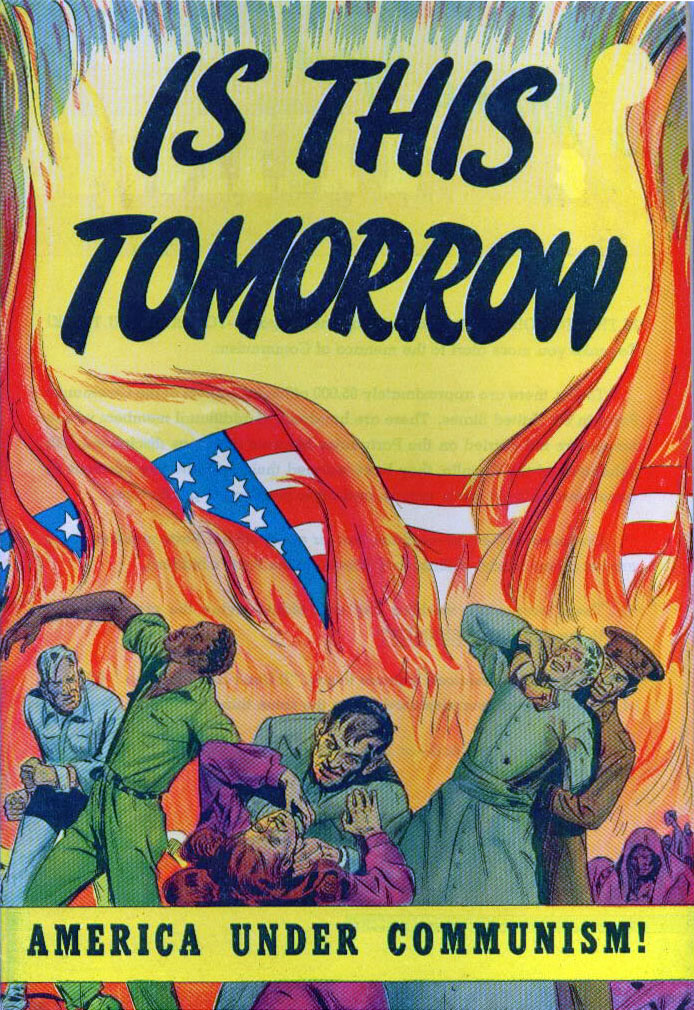

Mørk murvegg
North Korean Heroism
Propaganda film from North Korea showing the effort soldiers made when fighting the United States.

Mørk murvegg
The Vietnam War
The war between North and South Vietnam was between 1957 and 1975. The US fought on South Vietnam’s side, and the Soviet Union and China supported North Vietnam. Propaganda was used by both sides to stop the war but also to show high morale among the soldiers.
📷 Postage stamp from North Vietnam showing soldiers with quality weapons to defend against an American air strike.
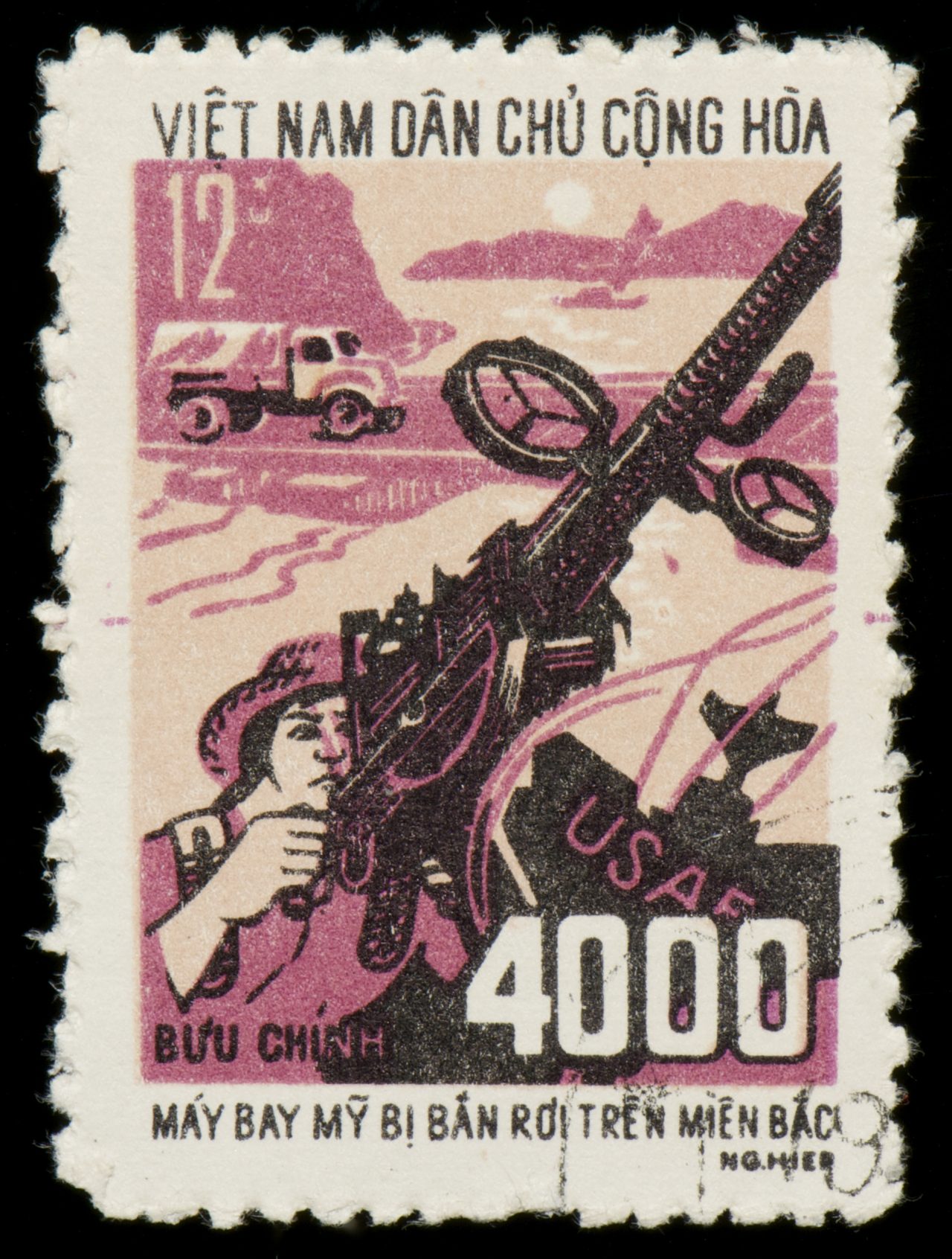
Nixon Propaganda
While the Vietnam War was going on in 1968, this film was used to support presidential candidate Richard Nixon.

Mørk murvegg
The War in Iraq
(The Second Gulf War)
There are many examples of how propaganda can be used in war. Military spy images from the USA were presented to the UN as proof that Iraq planned to produce nuclear weapons. The images gave the US and Great Britain reason to go to war against Iraq. The pictures turned out to be propaganda, and several countries were criticized for participating in the war.
📷 British papers were not kind to Prime Minister Tony Blair when the lies were uncovered.
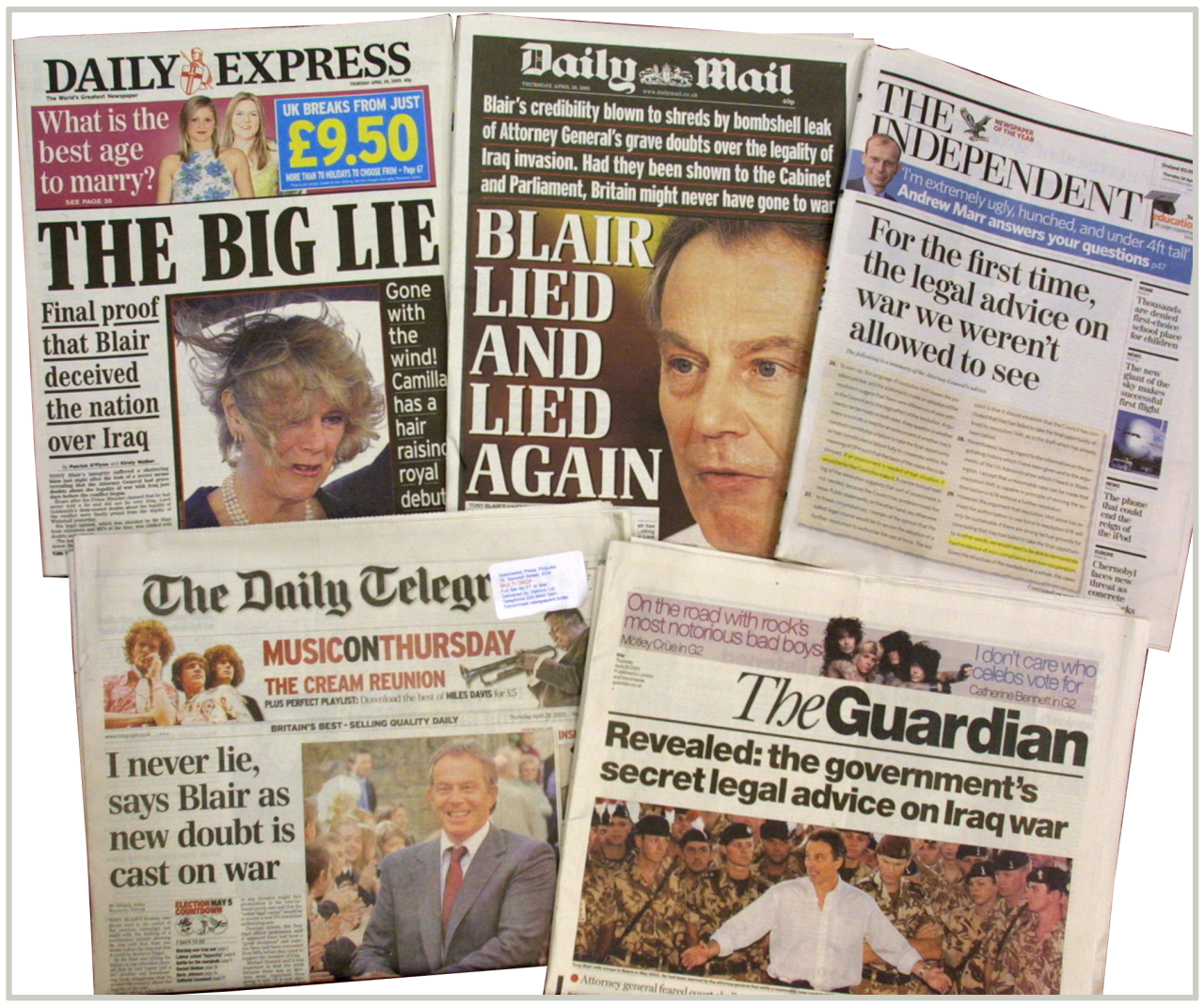

Mørk murvegg
The War in Afghanistan
The terrorist attacks on the United States on 11 September 2001 (9/11) are the reason why the United States attacked Afghanistan later the same year. Al-Qaida was the terrorist organization that attacked the World Trade Center in New York. The Taliban regime in Afghanistan let Al-Qaeda use their country as their base. The aim of the US was to harm both Al-Qaeda and the Taliban. The US used a lot of propaganda to justify the attack on Afghanistan.
📷 American soldiers dropping leaflets over Afghanistan to try to win the population over to their side of the conflict.
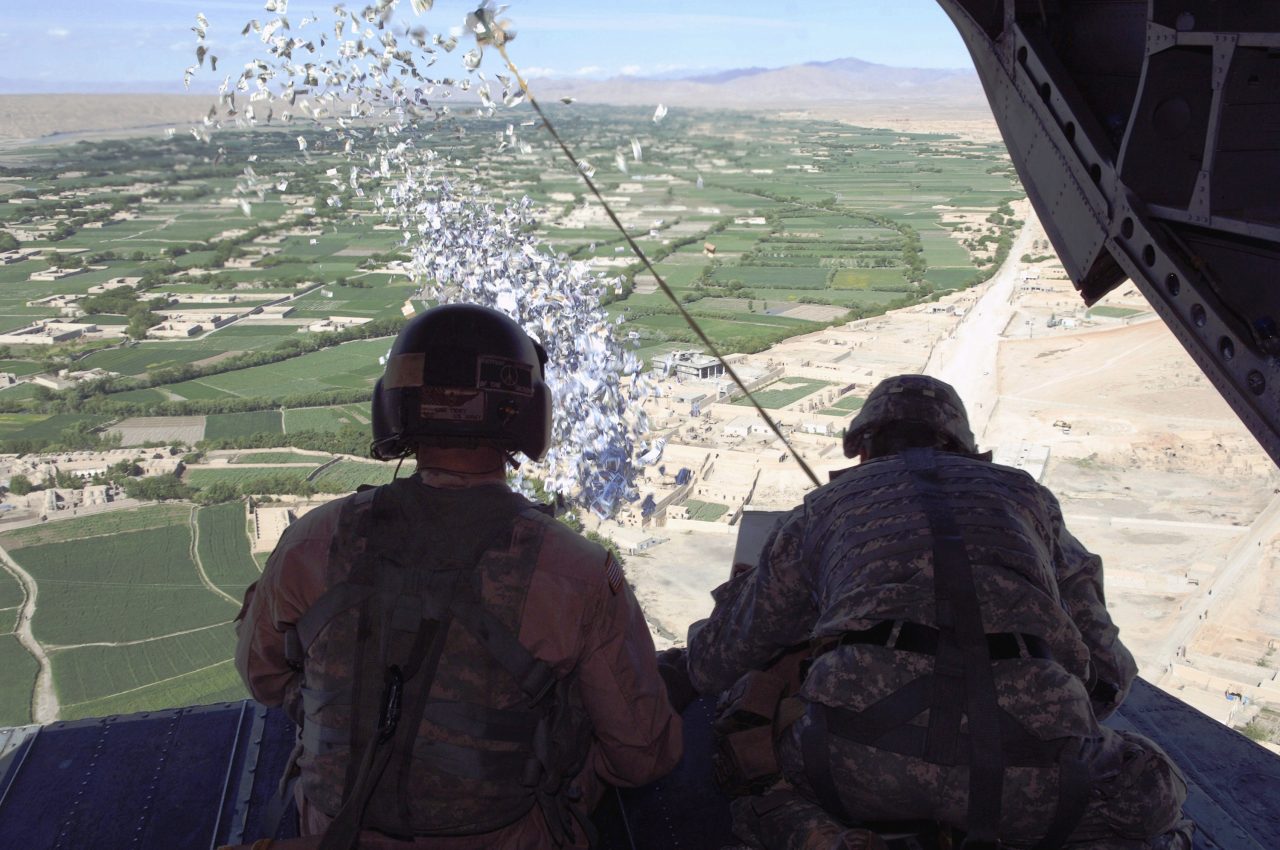
Amerikanske soldater slipper flyveblader fra fly over Afghanistan.
The War in Ukraine
After the Russian attack on Ukraine, Russian president Vladimir Putin was portrayed as Adolf Hitler. Patrick Mulder, an artist, manipulated a cover page for Time Magazine, the most read magazine in the world. His cover page was spread on social media but was a “fake” cover page.

Mørk murvegg
Sources:
Media Rights:
-
-
James Montgomery Flagg (1917)
-
Getty Images
-
Ukjent kunstner
-
Elvira Bauer (1936)
-
Ukjent kunstner
-
Justismuseet – Det nasjonale museet for politi, rettsvesen og kriminalomsorg / Harald Damsleth (1942)
-
Getty Images / G. Klein (1944)
-
United artist / NTB
-
PASHAvonWIEN – YouTube
-
Ukjent kunstner
-
The Telegraph – YouTube
-
Getty Images
-
Battlefield Sources – YouTube
-
Martin Cleaver / NTB (CC BY-NC 4.0)
-
U.S. Army
-
ABC 10 News – YouTube
-


